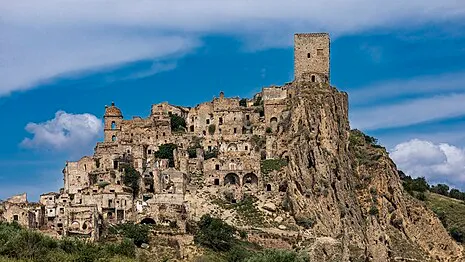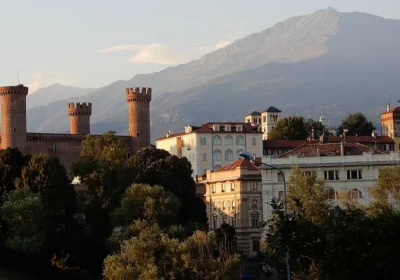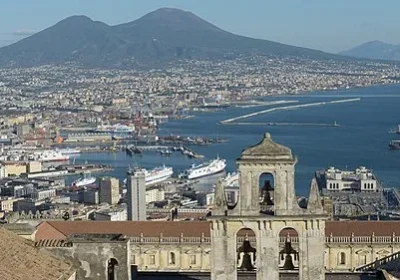Overview Tour of Bussana Vecchia.
Ten kilometres from San Remo lies an intriguing artists’ colony in the ghost town of Bussana Vecchia (“Old Bussana”). On Ash Wednesday in 1887, an earthquake destroyed several Ligurian towns, among them Bussana. About two thousand inhabitants died and the survivors moved to another place, New Bussana, which began to grow three kilometres below, closer to the sea. The town remained abandoned until free idealist artists came here in the 1960s and began slowly restoring it, using original masonry fragments and stones.
Bussana was probably founded in the second half of the 9th century, when the coastal areas were repeatedly attacked by the Saracens. The city stood on a hilltop to make it easier to defend. In the first half of the 15th century, Bussana was inhabited by 250 people and was granted autonomy by the Genoese Republic. The town developed particularly rapidly during this period, and most of the buildings still standing today date from this time. After the earthquake, it was not artists but illegal immigrants who first came to Bussana Vecchia. This happened after the end of World War II, when immigrants from the south of Italy arrived here. After several violent attempts to expel them in the 1950s, all of Bussana’s ground floor staircases and roofs were demolished by police order. Despite this, the Community of International Artists (now International Artists Village), under the motto of simple living, decided to move to a village where there was no electricity, running water or sewage. The small initial group of 20-30 people consisted mainly of hippies from all over Europe: Italian, Austrian, English, French, Danish, German and Swedish.
The ancient streets of Bussana Vecchia are very picturesque in themselves, even without any artists attached to them. It’s worth seeing the ruins of the church with its almost intact bell tower, the old wrought iron bars in the alleys and the ivy-covered walls. You can also see a marble plaque on one of the walls, erected in memory of the victims.
The earthquake that destroyed Old Bussana was the first ever recorded by a seismograph designed by Filippo Secchi in Moncalieri. The seismic wave lasted 20 seconds.
A trip to Bussana can be combined with a couple of other sightseeing trips. For example, get to the ancient Arma di Taja, just a couple of kilometres from New Bussana. There you can see several tenth- and seventeenth-century churches, an ancient Dominican cathedral and several fifteenth-century palazzos, and ancient Roman burial grounds around Arma.

















